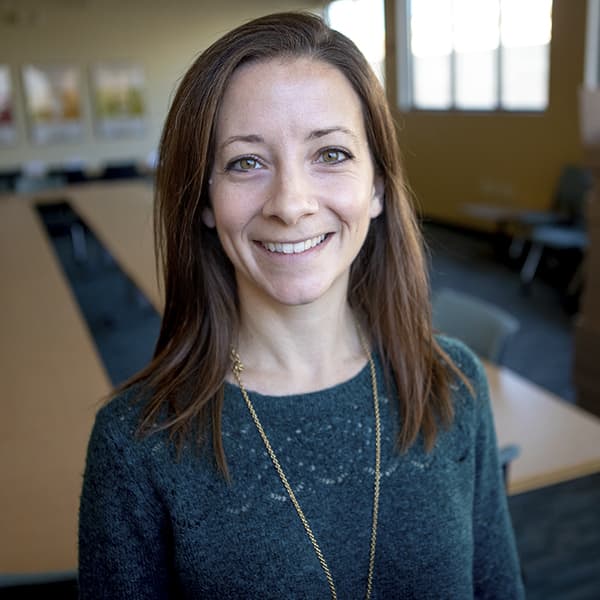Advertisement
Coronavirus Coverage
Spreadsheets And Phone Trees: How Educators Are Working To Connect Students Remotely
Traducido por El Planeta Media. Or, here in English.
Third grade teacher Vero Navarro estimates that about half of the kids in her class at the Blackstone Elementary School are signing on regularly for school. She'd love to see that number improve, so she’s been trying a few new things with students. Her latest strategy is creating a phone tree, of sorts, with the students that have logged in to their virtual meetings.
"I have two kids in my class that are best friends, and I had one online," Navarro explained. "I said, 'Do me a favor, go grab your phone and call your friend and tell them to get online.'"
In addition to planning lessons, she’s also acting as an interpreter for other teachers. More than half of the kids at the Blackstone speak a language other than English at home. Navarro speaks Spanish, like many of her students and their families.
"It really does put a lot more pressure on bilingual teachers like myself, [who are] supporting not just my students but my colleagues who may not have other language skills," she said.
For Navarro, maintaining connections with students and their families has been the most important part of her job during the school closure. It’s also the hardest part.
"You hear the stories of my students whose families left everything behind in their home country to come here," she said. "They left those desperate situations and then they're being faced with those same desperations [now]. That’s what’s hard."

Right after schools closed in March, Navarro’s assistant principal started a spreadsheet of every student at school so they could log who they made contact with and how.
Erica Herman, the principal at the Gardner Pilot Academy, took a similar approach. First, the goal was to establish regular two way communication. After that, her team asked about basic needs.
"Our biggest concerns have been access to housing and definitely immigration and being able to access some of the funds to support families who might not have the necessary documentation," explained Herman.
After a month and a half, Herman said staff can finally start looping back to make sure families received those services.
"In the beginning, I think people were so quick to just move that now we need to take stock," she said. "Medical care is definitely a concern, and being able to have access to real time information about loved ones who have been impacted."
Advertisement
Establishing this kind of regular communication with families has been difficult and slow going, but she said it’s also key to maintaining the relationships they spent all year building with their students. Those connections will be a crucial part of addressing learning losses later on.
"When people feel connected and in a community, when our kids feel like their teachers know them, they will try things," said Merrie Najimy, the president of the Massachusetts Teachers Association. "They will learn from their failures and succeed. And if we haven’t maintained those relationships, we have to start all over."
Officials with Boston Public Schools are also hoping a few other efforts will help catch kids up after being away from the classroom for so long. The district's new remote learning plan includes individualized support for struggling students. District leaders are also hoping to double the size of the summer learning program.
This article was originally published on May 06, 2020.
This segment aired on May 6, 2020.
